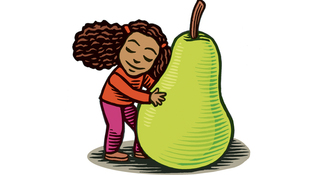 loading
loading
FindingsLearning to love fruits and vegetablesNational nutrition standards make a concrete difference.  Gregory NemecView full imageCan policy crafted by adults in Washington, DC, really change what middle schoolers eat for lunch in New Haven, Connecticut? A new study by researchers including Yale public health and psychology professor Jeannette Ickovics suggests that it can. The study, published in the journal Childhood Obesity, found that after nutrition standards meant to encourage better eating went into effect in the fall of 2012, more students started choosing fruit in their lunches. And students are throwing away fewer vegetables when lunch is over. “They’re eating healthier and they’re eating more,” Ickovics says. To figure out exactly what students were eating, researchers deployed to the front line: the cafeterias of 12 urban middle schools in New Haven. First, they calculated the average weight of each item in that day’s school lunch. Then they photographed individual students’ trays at the beginning of lunch and weighed the same trays at the end to determine how much had been eaten; the photographs helped show what items had disappeared completely. The research team ran this process at each of the 12 schools in the spring of 2012, 2013, and 2014. The percentage of students choosing a fruit increased from 54 percent in 2012 to 66 percent in 2014—while the proportion consumed per serving stayed about the same. Vegetable selection decreased from 68 percent to 52 percent, but researchers found that the students who took vegetables ate nearly 20 percent more of them. And whereas the number of students choosing entrees remained steady, the study revealed that those students threw away less of their entrees. “There is not increased waste,” Ickovics says. The major takeaway, she adds, is that policy changes work. “Programs come and go” at the local level, but national policies “are more stable changes.”
The comment period has expired.
|
|